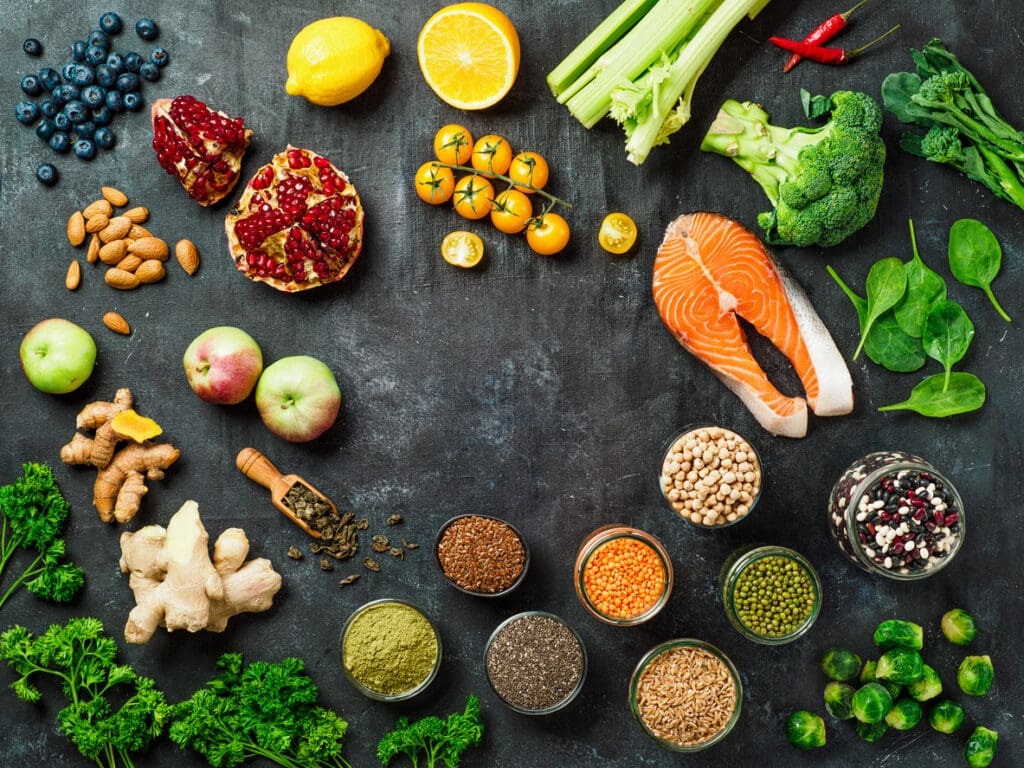
As more people embrace plant-based eating and explore healthier lifestyles, the debate around protein sources, including plant protein and animal protein, continues to grow. One of the most common comparisons is beans vs meat—two staples with very different nutritional profiles. In this post, we’ll take a closer look at the health benefits of each, helping you make informed decisions about your diet, whether you’re a dedicated omnivore, a curious flexitarian, or someone seeking vegetarian nutrition.

Protein is an essential nutrient that plays a crucial role in maintaining overall health. There are two main types of protein sources: animal-based and plant-based. Animal-based protein sources include meat, dairy, eggs, and fish, while plant-based protein sources encompass legumes, beans, lentils, nuts, seeds, and whole grains.
Plant-based protein sources are gaining popularity due to their numerous health benefits and environmental sustainability. These proteins are rich in essential amino acids, fiber, and various vitamins and minerals. They are also lower in saturated fat and higher in heart-healthy unsaturated fats compared to animal-based protein sources.
Some examples of plant-based protein sources include:
It’s important to note that plant-based protein sources can be complete or incomplete. Complete protein sources contain all nine essential amino acids, while incomplete protein sources lack one or more of these amino acids. However, this can be easily overcome by consuming a variety of plant-based protein sources throughout the day, ensuring you get a balanced intake of all essential nutrients.
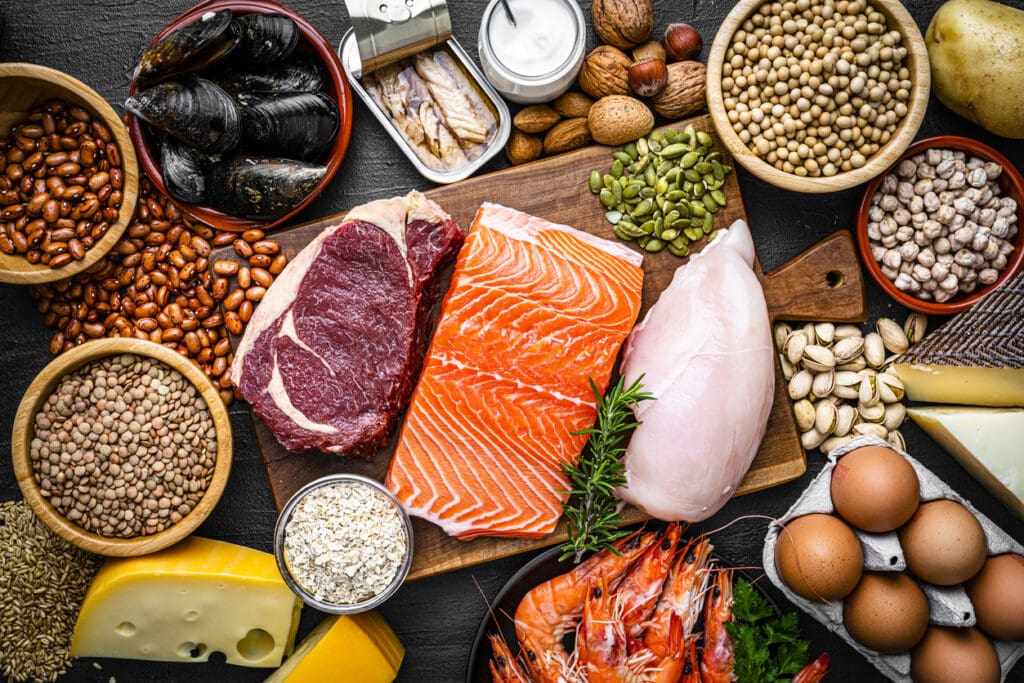
Both beans and meat are excellent sources of protein, but they deliver it in different ways. Meat—especially red meat and poultry—offers complete proteins, meaning they contain all nine essential amino acids our bodies need. This makes meat a convenient and efficient way to meet your daily protein goals.
Incorporating more plant based proteins into your diet can provide a variety of health benefits and help meet your nutritional needs.
Beans, on the other hand, are a top choice for those seeking plant protein. While most beans aren’t complete proteins on their own, combining them with grains (like rice or quinoa) or consuming them alongside dairy milk can easily fill the amino acid gaps. Plus, plant proteins are typically lower in saturated fat and cholesterol, making them a heart-healthier option.
Additionally, incorporating plant protein sources like beans into your meals can help reduce the risk of chronic diseases linked to excessive meat consumption. Beans are high in phytonutrients and fiber, contributing to better digestion and long-lasting energy. As more people seek out protein alternatives, beans stand out as a reliable, nutrient-dense solution for achieving optimal protein intake without compromising on health.
Another important consideration is digestibility. Many people find beans easier to digest than meat, particularly if they have sensitivities to high-fat animal products. With proper preparation methods like soaking, sprouting, or pressure cooking, beans can be made even more digestible and nutrient-rich. These qualities make beans a staple in many global cuisines focused on longevity and well-being.
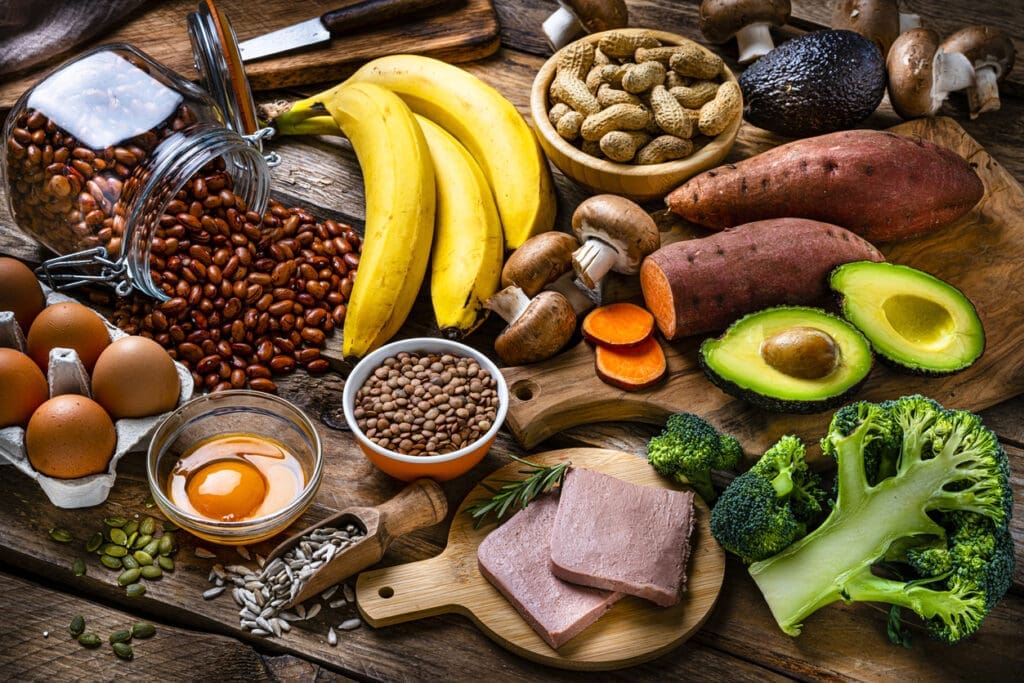
Iron is a critical nutrient that supports energy levels and immune function. Meat is well known as an iron-rich food, particularly in its heme form, which is more easily absorbed by the body. This makes meat a highly efficient source of iron, especially for individuals at risk of deficiency.
Beans also provide iron, but in the non-heme form, which isn’t absorbed as efficiently. However, pairing beans with vitamin C-rich foods (like tomatoes or citrus) can significantly improve absorption. Beans also bring added bonuses: they’re high in fiber, contain essential minerals like magnesium and potassium, and are cholesterol-free—key benefits for cardiovascular health.
For those following a vegan diet, it’s crucial to pair beans with vitamin C-rich foods to enhance iron absorption and meet nutritional needs. Incorporating iron-rich foods like beans into a vegetarian nutrition plan is essential for maintaining energy and overall wellness. Unlike meat, beans also supply folate and plant-based antioxidants, which are crucial for reducing inflammation and supporting cellular health. For individuals following plant-based diets, being mindful of iron intake through diverse sources like lentils, chickpeas, and black beans can ensure nutritional balance.
Furthermore, beans provide an excellent source of plant-based zinc and B-vitamins, which are vital for metabolism and immune health. While meat contains these nutrients in bioavailable forms, a varied plant-based diet that includes beans can also meet daily requirements effectively. This makes legumes an important part of any strategy aimed at improving organic nutrition without relying on animal products.
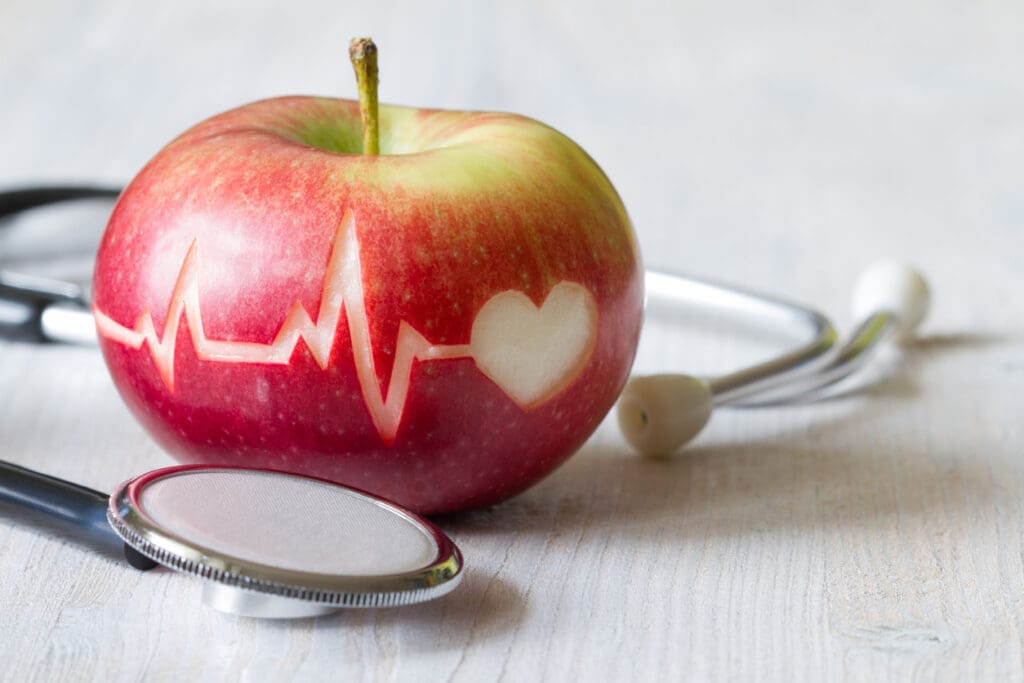
When comparing beans vs meat from a heart health perspective, beans come out ahead. Studies have linked high red meat consumption—particularly processed meat—to increased risks of heart disease, type 2 diabetes, and certain cancers. Beans, in contrast, are packed with fiber and antioxidants, which are known to support heart health and reduce inflammation.
Vegetarian diets, which emphasize plant-based foods like beans, have been associated with lower risks of heart disease and other chronic conditions.
For those looking to prevent chronic diseases, beans make a strong case as a staple food. They help regulate blood sugar, lower bad cholesterol, and promote better digestion—factors that contribute to long-term wellness.
The high fiber and low saturated fat content in beans make them a top choice for anyone interested in clean eating and disease prevention. Swapping out red or processed meats for plant-based options like beans can lead to better cardiovascular outcomes. As a result, more nutritionists are recommending protein alternatives like legumes to improve heart health and reduce dietary risks.
In addition, legumes contain resistant starches that serve as prebiotics—fuel for the good bacteria in your gut. A healthier gut microbiome is associated with lower inflammation and reduced risk of metabolic disorders. By eating more beans, you’re not just reducing your intake of saturated fat from meat—you’re actively supporting your body’s natural defenses against disease.
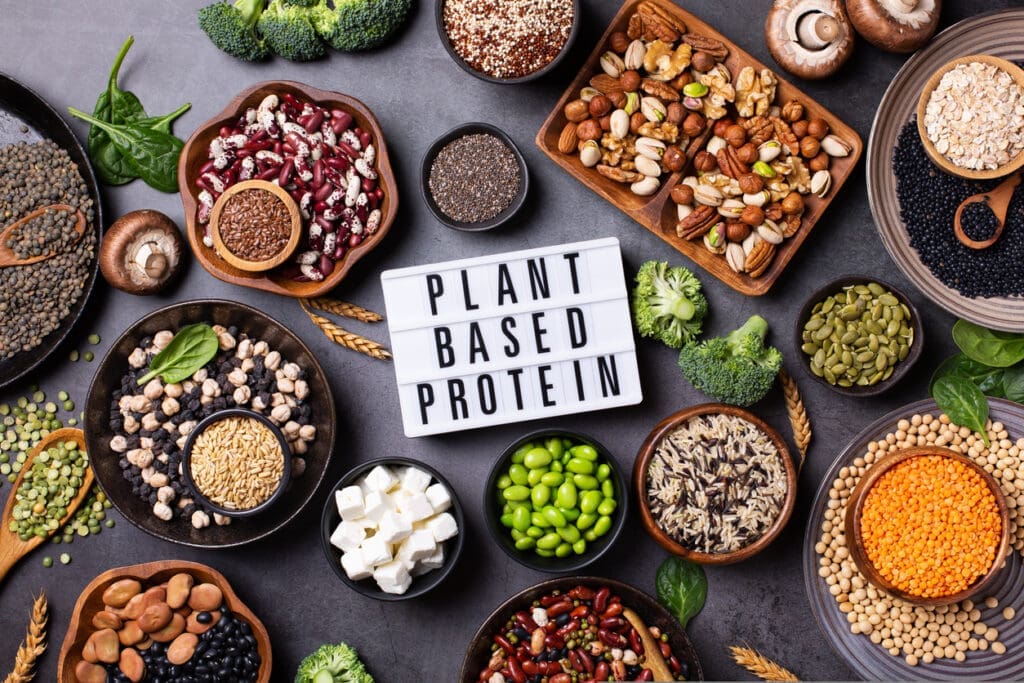
Beyond personal health, choosing protein alternatives like beans can have a positive impact on the environment. Meat production, particularly beef, is resource-intensive and contributes significantly to greenhouse gas emissions. Beans require far less water and land, making them a more sustainable protein choice. Choosing plant based foods like beans can significantly reduce your ecological footprint and promote environmental sustainability.
From a cost perspective, beans are also far more affordable. This makes them a smart choice not just nutritionally, but economically as well, especially for families looking to eat healthier on a budget.
Sustainability-conscious consumers are increasingly turning to plant protein sources to reduce their ecological footprint. The cultivation of beans emits fewer greenhouse gases and promotes soil health, making it a key player in sustainable agriculture. As the demand for protein alternatives grows, beans provide a practical solution that supports both human and planetary health.
Moreover, the accessibility of beans makes them a viable solution for addressing global food insecurity. Legumes can be grown in a variety of climates and stored for long periods without spoilage, making them a reliable food source for communities facing food shortages. When compared to the resource-heavy livestock industry, beans offer a low-cost, high-impact way to nourish the planet.

A balanced diet that includes a variety of plant-based protein sources can provide numerous health benefits, including reducing the risk of heart disease, type 2 diabetes, and certain types of cancer. Here are some tips for incorporating more plant-based protein sources into your diet:
In addition to incorporating more plant-based protein sources into your diet, it’s also important to limit your intake of processed foods and saturated fat. Processed foods are often high in unhealthy ingredients, such as added sugars, salt, and unhealthy fats, while saturated fat can increase your risk of heart disease.
By following these tips and incorporating more plant-based protein sources into your diet, you can reap the numerous health benefits of a balanced and sustainable diet. Embracing a variety of plant-based proteins not only supports your health but also contributes to a more sustainable and eco-friendly lifestyle.

When it comes to beans vs meat, both have their place in a balanced diet. Meat provides high-quality protein and easily absorbed iron, while beans offer fiber, lower fat, and heart-protective nutrients. For those prioritizing vegetarian nutrition, plant-based options like beans can effectively meet protein needs when paired with other foods.
Well-planned vegan diets can provide all the essential nutrients needed for a healthy lifestyle, including sufficient protein from plant-based sources.
Incorporating more plant protein and iron-rich foods into your meals—whether you’re cutting back on meat or cutting it out entirely—can lead to a healthier, more sustainable lifestyle. Try adding a few bean-based dishes to your weekly rotation and experience the benefits for yourself.
Looking to adopt a healthier diet without sacrificing taste or nutrition? Experiment with bean-based stews, salads, dips, and even meatless burgers to diversify your plate. Your body—and the planet—will thank you for choosing mindful, clean eating habits that align with both your wellness goals and ethical values.
Have a favorite way to enjoy beans or a go-to meatless recipe? Share it in the comments below!

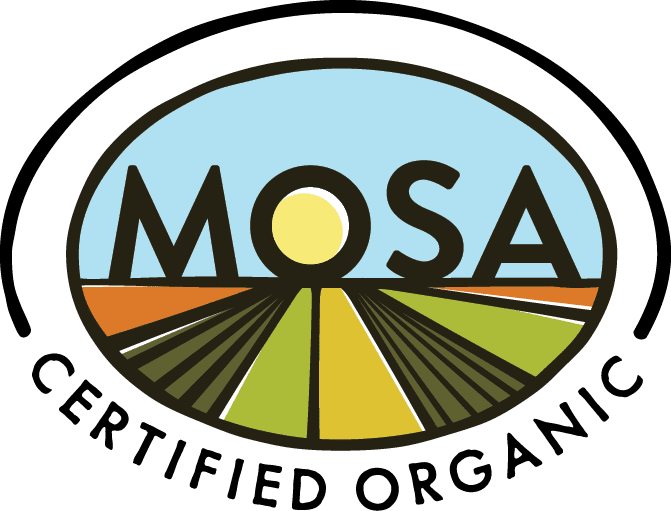
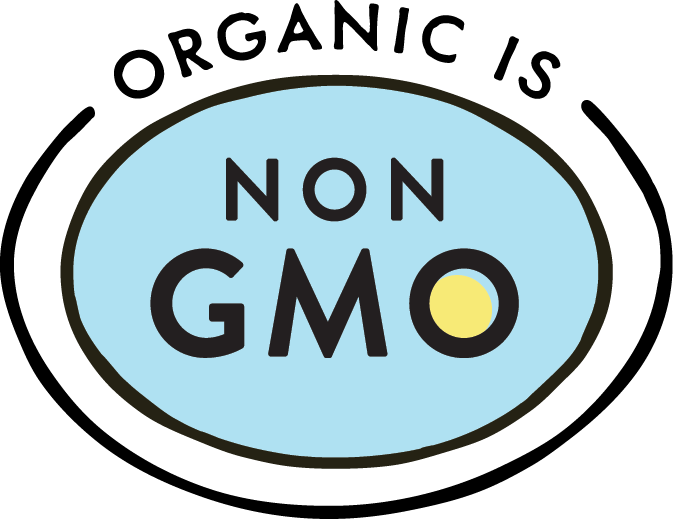
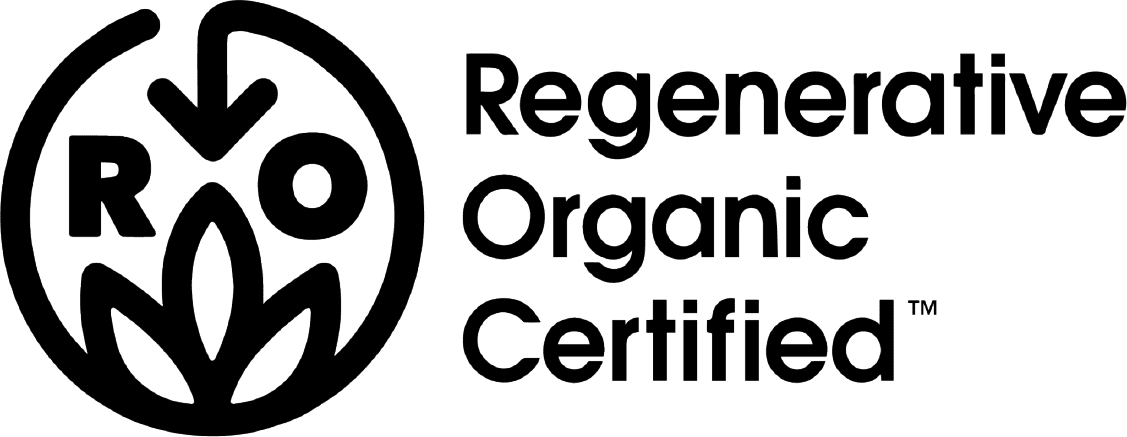

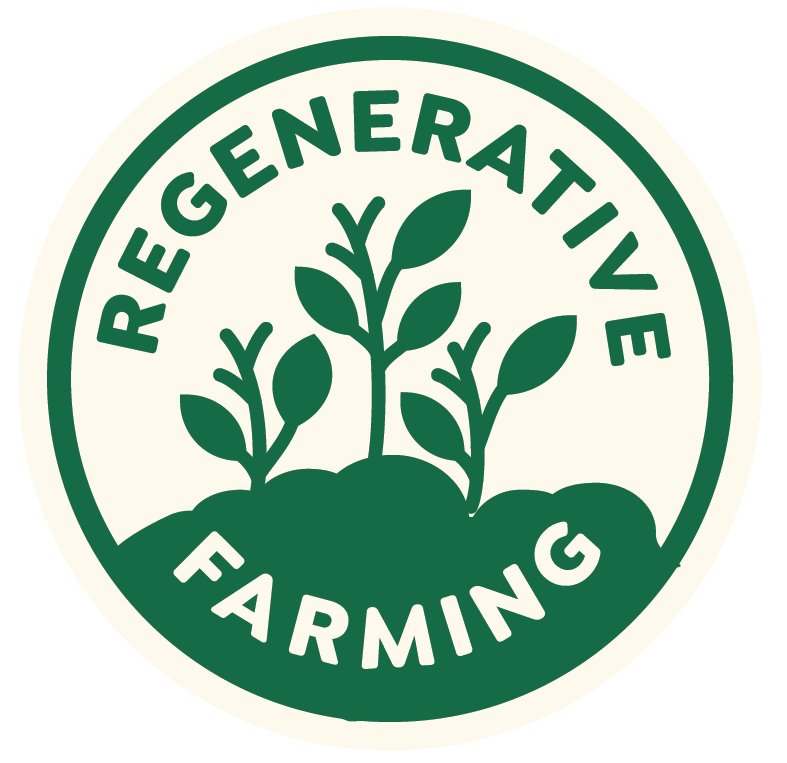
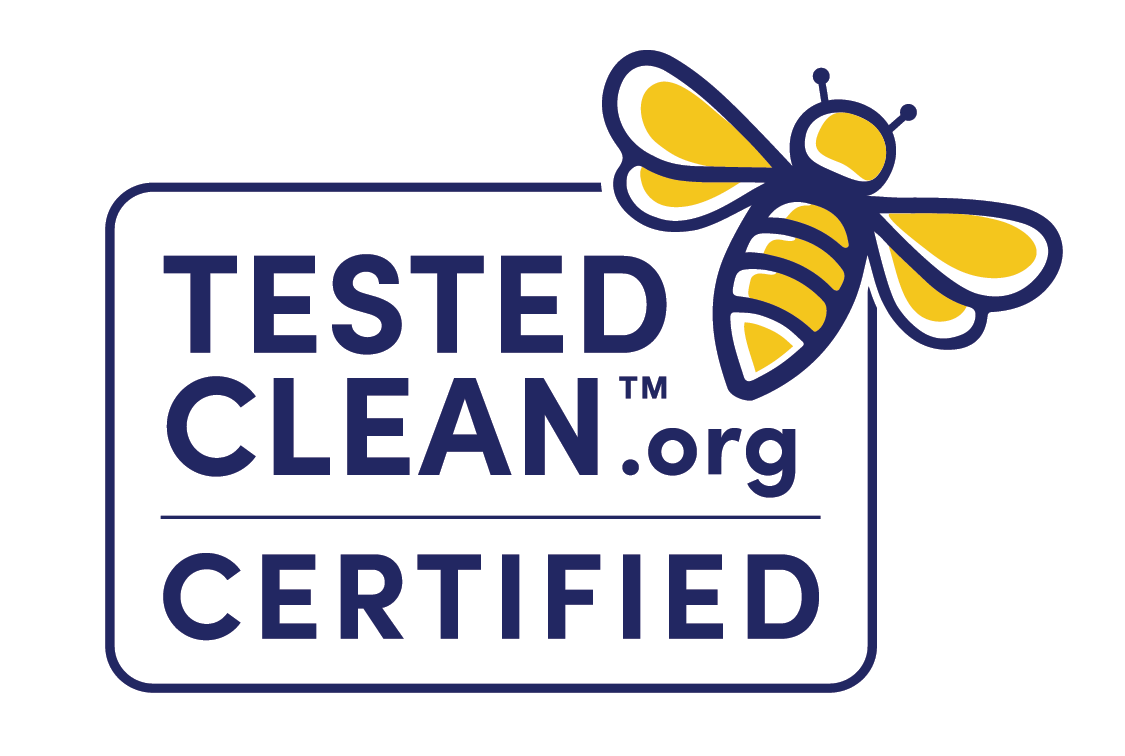


Sign Up for Exclusive Updates, Current Events, Recipes, and Special Offers and more!